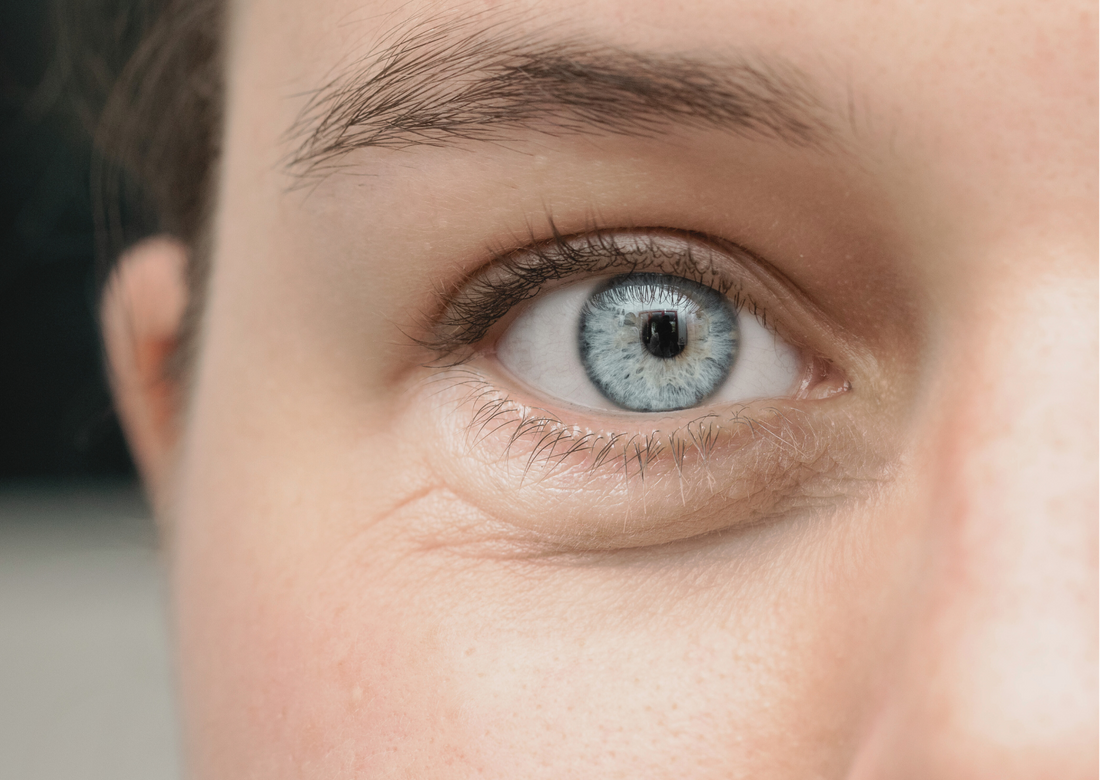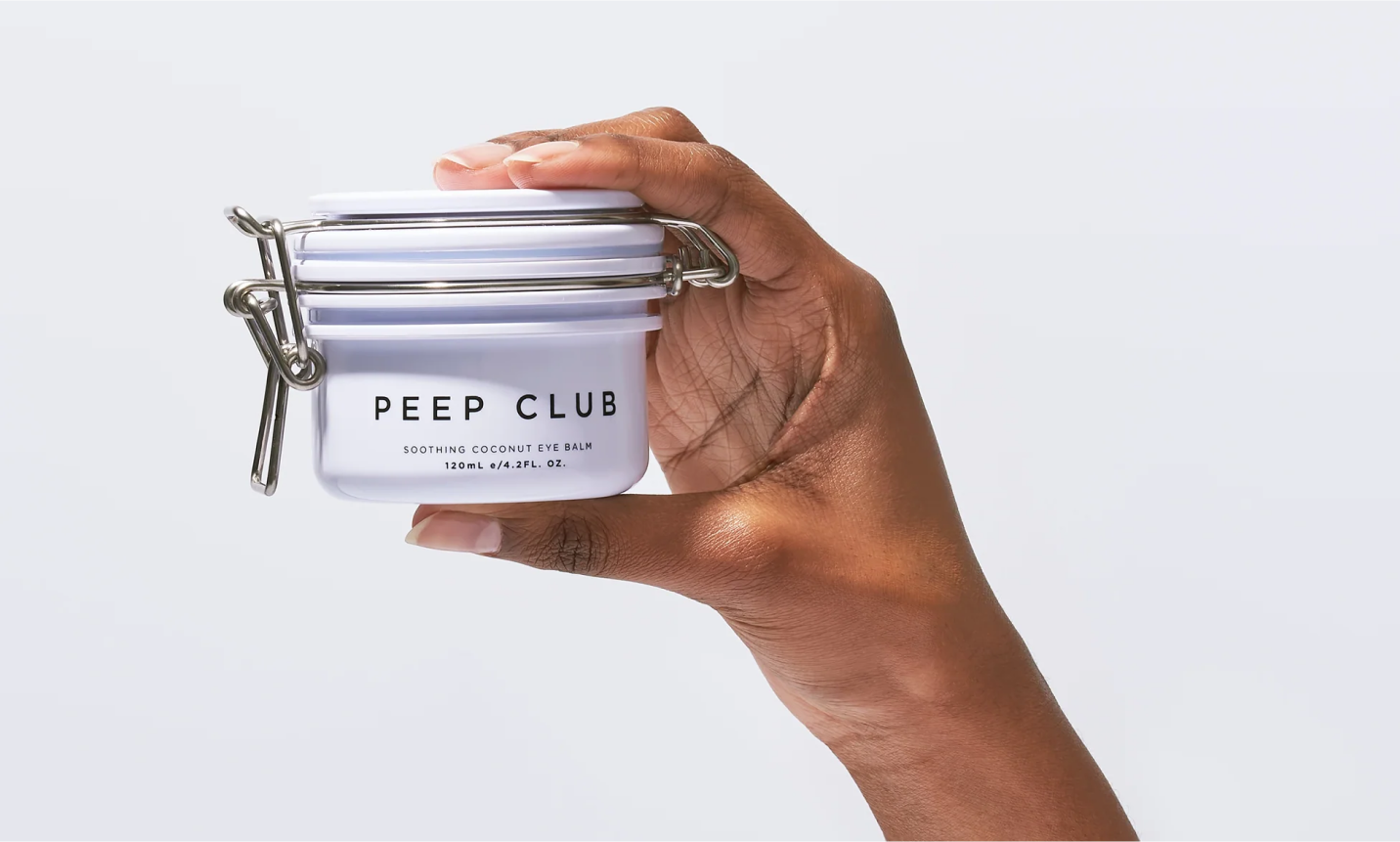
Does Retinol Really Help Dark Circles? Benefits, Risks & Safer Alternatives
Summary: Retinol is often recommended for fine lines and dark circles, but it can be risky around the delicate eye area. Learn what dermatologists say about its benefits, the potential risks to eye health, and safer alternatives like LED therapy and nourishing balms.
Dark circles are one of the most common under-eye concerns, caused by a mix of pigmentation, thin skin, visible blood vessels, and fatigue. Retinol, a vitamin A derivative, is sometimes suggested to treat them. While it may help with pigmentation and fine lines, it is not without risks.
The Benefits of Retinol for Dark Circles
Retinol speeds up skin cell turnover and stimulates collagen, which can help thicken thinning under-eye skin and fade some pigmentation. Dermatologists often recommend gentle retinol creams to improve skin texture and reduce lines that make dark circles more noticeable (PubMed).
The Risks of Retinol Around the Eyes
Despite its benefits, retinol can be irritating for delicate eyelid skin. Overuse may lead to redness, flaking, or worsening puffiness. Research shows retinoids can damage meibomian gland cells, which produce oils that keep eyes comfortable, potentially worsening dryness (Science Direct: Retinoic acid and the ocular surface). Systemic retinoids like isotretinoin are also linked to dry eyes and other ocular side effects (PubMed: Retinoids and the eye).
Because of this, many dermatologists recommend avoiding direct application on the eyelid margin and using very low concentrations if applying under the eyes.
Safer Alternatives for Dark Circles
Red and Amber LED Therapy
LED light therapy has been shown to improve pigmentation and skin tone without using harsh actives. One study found that 590 nm amber LED reduced pigmentation and vascular signals through specific molecular pathways (PubMed). Another clinical trial showed that users of LED devices with red and near-infrared wavelengths reported improvements in dark circles, fine lines, and overall satisfaction, with minimal side effects (PubMed). Both Amber and Red LED are integrated into our Heated Eye Wand LED+, allowing for targeted use under the eyes and around the orbital bone.
Vitamin C
Vitamin C is one of the best-researched brightening ingredients. It works by inhibiting melanin formation and promoting collagen production, which can lighten pigmentation and improve overall skin tone (PubMed). A clinical trial even found that topical Vitamin C was effective for improving dark under-eye circles of the lower eyelids (PubMed).
Our Eye Rescue Lidstick delivers Vitamin C through Kakadu Plum, the richest natural source of Vitamin C, combined with Oat Ceramides, Evening Primrose Oil, Borage Oil, and Manuka Oil. It is free from all known eye irritants including preservatives, fragrance, and alcohol, making it a safe choice for sensitive eyes.
Putting It All Together
Retinol can help some forms of dark circles, particularly when pigmentation and fine lines are factors, but it carries risks for sensitive eyelid skin and tear film health. Red and amber LED therapy and nourishing balms like Eye Rescue Lidstick are safer alternatives that target brightness, hydration, and comfort.
FAQs
Q: Can retinol completely remove dark circles?
A: No. It can help with pigmentation and fine lines, but dark circles are usually caused by multiple factors.
Q: Is LED therapy safe around the eyes?
A: Yes, when used as directed on the orbital bone and under the eyes. Avoid direct use on the upper eyelid.
Q: What is the safest way to brighten under-eyes daily?
A: Use preservative-free, nourishing products like Eye Rescue Lidstick, pair them with hydration, and consider LED therapy for additional support.
Q: Why choose alternatives to retinol?
A: Alternatives like LED and nourishing balms avoid the irritation and gland-related risks linked with retinoid use around the eyes.

